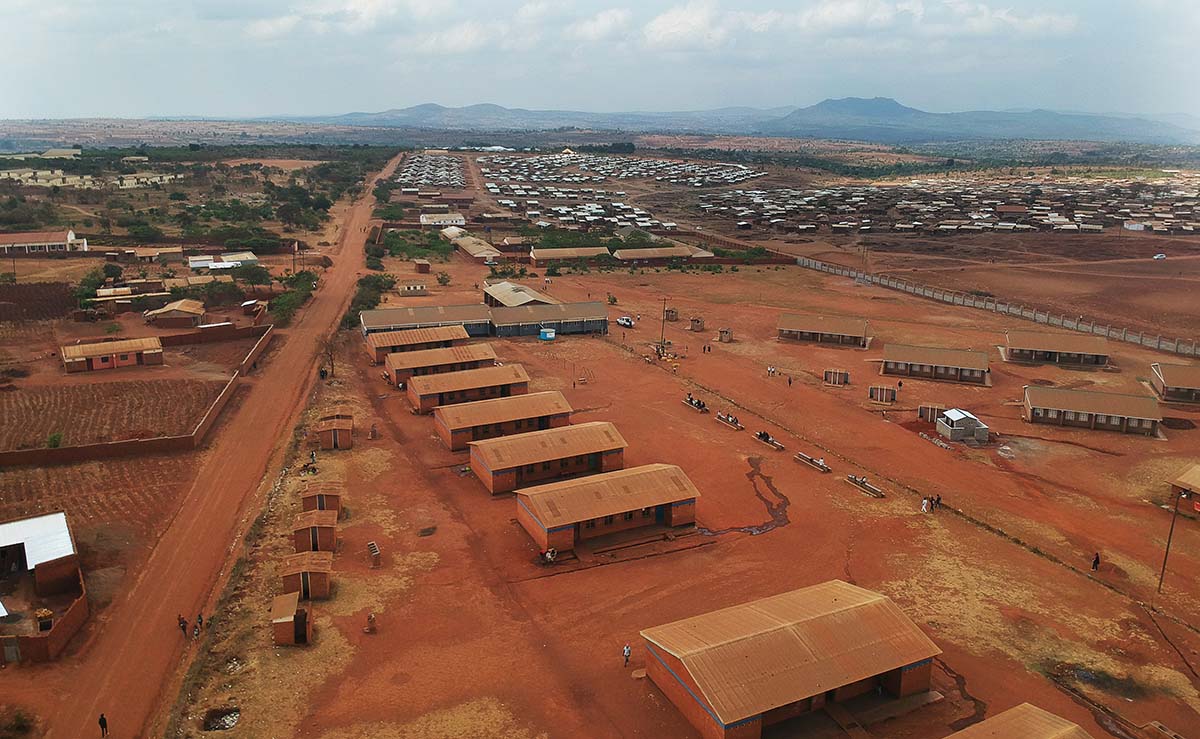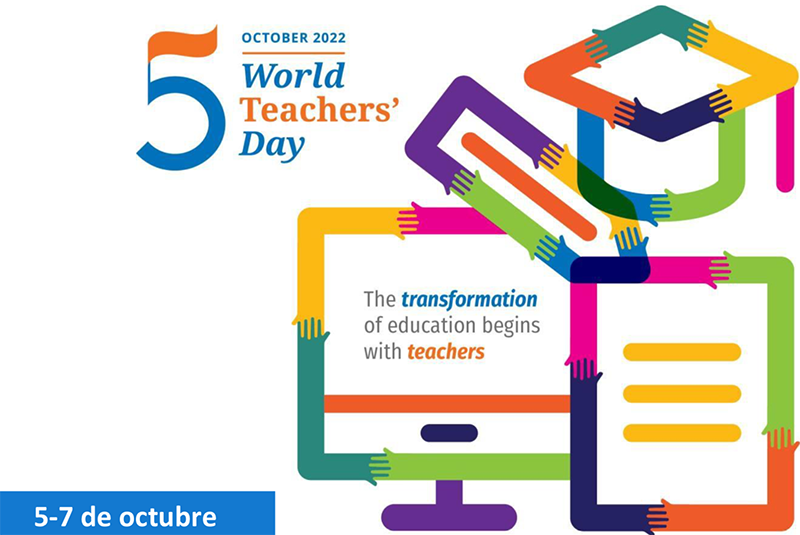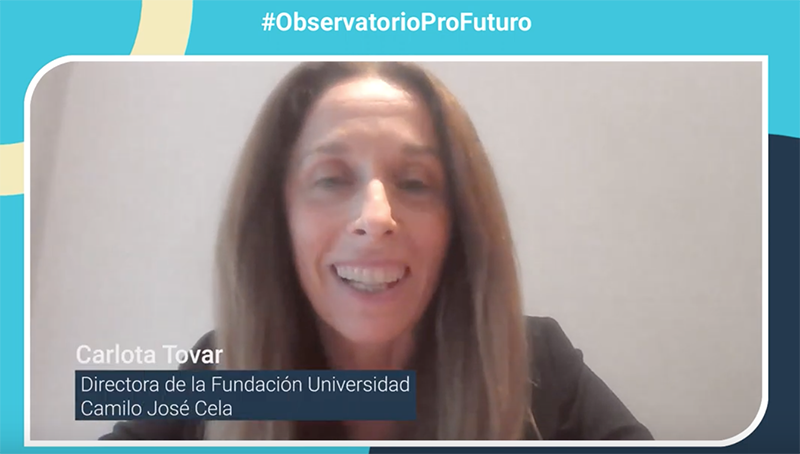Teachers have always been the driving force of education systems. Without them, it is impossible to provide quality, inclusive and equitable education for all students and to achieve the 2030 Agenda education goals. However, according to UNESCO data, the shortage of teachers in the world today is estimated to an amount of around 69 million.
But it’s not only the number of teachers that’s falling short of the minimum needed to reach the Sustainable Development Goals. Having quality teachers is the most important and decisive element in children’s learning and well-being. The World Bank has stated, and several studies show, that the difference between a poor-quality teacher and an excellent one can increase (or decrease) learning over several years. However, in many places (especially sub-Saharan Africa and South Asia) a high percentage of teachers lack both the pedagogical training and the academic qualifications necessary to provide quality learning for their students.
In these circumstances, different initiatives are emerging that take advantage of new technologies to provide training for teachers in vulnerable environments. But there must be a careful conception, design and development of these platforms if they are to effectively meet their objectives and not come up short. The ProFuturo Observatory spoke with Carlota Tovar, director of the Camilo José Cela University Foundation which, together with the SEK Educational Institution, have set up one of these platforms. She has told us about the process of creating the platform and shares her discoveries and lessons learned.
What is Each Teach: content, community and mentoring
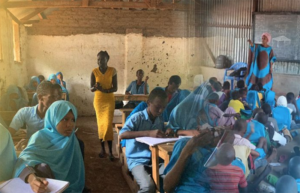
Each Teach is a global learning community for teachers based on a hybrid teaching model, combining online training, delivered through a multichannel digital platform (it works on mobiles, tablets and laptops), with face-to-face mentoring: “We wanted to offer not only the content, but the whole environment necessary to make learning dynamic. This means we have a content repository with information we create according to the project and its needs; we have an area for teachers to contact each other so that we can strengthen and promote peer-to-peer learning; and we have a third area, which is the mentoring area, through which teachers receive constant support from a group of mentors. In this way we achieve a complete training package for teachers.”
The project emerged in 2019 within the SEK Educational Institution, together with the Camilo José Cela University Foundation, which already had a long tradition of promoting education in vulnerable contexts, particularly for refugees. “We had already opened our training classrooms to refugee education in our undergraduate programmes and needed to upscale and expand the project.”
Each Teach is a global learning community for teachers based on a hybrid teaching model, combining online training, delivered through a multichannel digital platform (it works on mobiles, tablets and laptops), with face-to-face mentoring.
Teachers: the bottleneck of the education system
However, until then, the focus of their action had been on students; they began to see that “at the heart of the greatest deficiencies in education systems were the teachers, ones who were not well-trained” and that this was becoming “the bottleneck of the education system”. It was then that they decided to launch the initiative and began to think about how to design a digital platform that would help teachers training, initially focusing on vulnerable contexts.
Learning from the Kakuma refugee camp
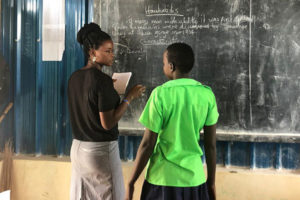
“The first point of action was in the Kakuma refugee camp in Kenya, where we decided to make an initial visit to study the situations in this context and make a field analysis.
Kakuma confirms that there is indeed an urgent need for teachers training and finds that, against all odds, “mobile technology is within the reach of every teacher”.
In Kakuma, they also realised that the many teacher training initiatives that had been started in the camp were falling by the wayside: “there is a lot of goodwill on the part of many universities and NGOs, and the main problem is that we arrive, disembark, give basic initial training, but then the difficulty comes with keeping up this training over time. It all starts with basic training, with basic pedagogical principles, but then the next level never comes. So the teacher receives training from very different entities, but gets stuck at a certain level of development and cannot continue.”
What causes these initiatives to stop and not continue over time? “There are many reasons why things get stuck” says Tovar. “One of the serious problems we have is the lack of funding: there is a high degree of competitiveness in the search for funding and we cannot deny that, on many occasions, funders are interested in an initiative, but when it has to go to the next level, they prefer to invest in something new and incorporate innovation and novelty in their investment portfolio; this means the projects stagnate.”
The other major problem, she explains, is striking the right balance between national certification, the local requirements of these contexts in terms of the local curriculum, and more international needs. Skills that speak of how to be a teacher in a more global context: “there are many discussions to reach agreements on what this training must consist of in order to satisfy both needs, and often the lack of reaching a common point of agreement means that these processes are interrupted and do not continue over time.
Each Teach design: co-creation and collaboration
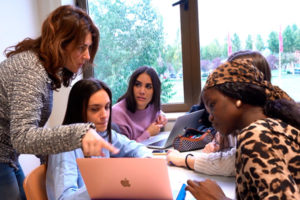
Once the challenges had been studied, the process of creating the project and the platform began. So, in order to involve all the actors who were participating, especially teachers, they decided to involve them in the design: “With the support of the Women for Africa Foundation and UNHCR we invited three female professors from the refugee camp to the Camilo José Cela University. And so, we began a co-design co-creation process in which these teachers received training and in turn began to give us guidelines on what this platform should be like, both from the point of view of usability, technological design, pedagogical approach (how they were accustomed to being trained) and also content (what were the priority contents with which we should begin this type of training).
Moreover, the visit to Kakuma and the analysis of the context led them to realise that, in order to succeed in the initiative and not remain in the start-up phase like most, they needed to create a partner network “that would touch all areas”. Nor did they want to re-invent the wheel: “we started by looking at how to learn from those who had already been in the same place as us; to enrich ourselves from the experiences that had already begun to find out how to move to the next level and not get stuck where we always were.”
“Go together and drink from what has already been made”. That was Kakuma’s first great lesson. So they started working with ICEFIL (International Center for Excellence in Innovative Learning), an organisation made up of several universities with great experience in the field and a very successful model, but whose online training platform did not quite “hook” the teachers because of the way in which the content was offered: very long documents, with a lot of information and content, and very little hands-on practice. “With them, we started a process of pedagogical and technological redesign to convert those PDFs into teacher-friendly content pills that engaged them in the platform and allow them to follow a self-learning programme, and to incorporate individualised and personalised accompaniment through mentors.”
On the other hand, in order to strike the balance we mentioned before between international and local certification and align properly with the local training curricula of each country, it is essential to work hand in hand with local governments. “Teachers should see their training as an added value for their professional development. They should see how they can link it to their daily practice and how what they learn will help them to do their job better. That was one of the most important aspects of what the teachers told us: the purpose of what they receive and ensure it can be put into pragmatic and realistic practice in their work environment.”
The result of all this research and learning is an educational platform that demonstrates, once again, how technology, when used well, can help us overcome some of the barriers that students and teachers from vulnerable contexts face every day.



